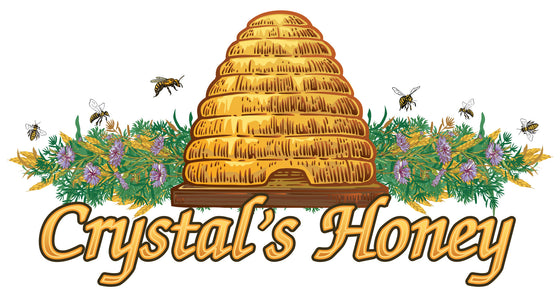People who really enjoy natural honey know that the delicious substance does not stay the same throughout the year. While honey is scrumptious regardless of what day you eat it, its flavors tend to change by the season. In this article, you’ll learn the differences between spring, summer, and fall honey so that you can be a more informed shopper next time you consider a delectable honey treat.
Why They Are Different
Bees make honey by collecting nectar from different flower sources. Even if you are not an expert in botany, you know that different flowers grow at different times throughout the year. As a result, bees collect different types of nectar, depending on the season. The differences between spring, summer, and fall honey have everything to do with the variety of flowers found throughout the year. With different flowers come different flavors.
Spring
In the spring, bees have access to plants like black locust trees, which create light and delicate honey. The distinctive taste is delicious, sweet, and more refreshing than what you find in the other seasons. It carries floral notes.
Summer
Summer honey is a mild and sprightly sweet delight. During the summer months, bees have access to a wide variety of wildflower sources. They can draw from wild blackberries, clover, and Canada thistle. It typically has a light to medium amber color, and some tasters might notice a spicy finish.
Fall
You can expect bees in the fall to visit plants like goldenrods and asters. As a result, they produce a more robust flavor. The color also tends to be darker. Honey connoisseurs can detect notes of mint and butterscotch when they taste fall honey. Many consider it the most flavorful option.
Regardless of the season, honey is always a delicious treat to eat alone or mixed with other ingredients. Make sure to check out Crystal’s Honey Inc. as you look for natural honey for sale.
